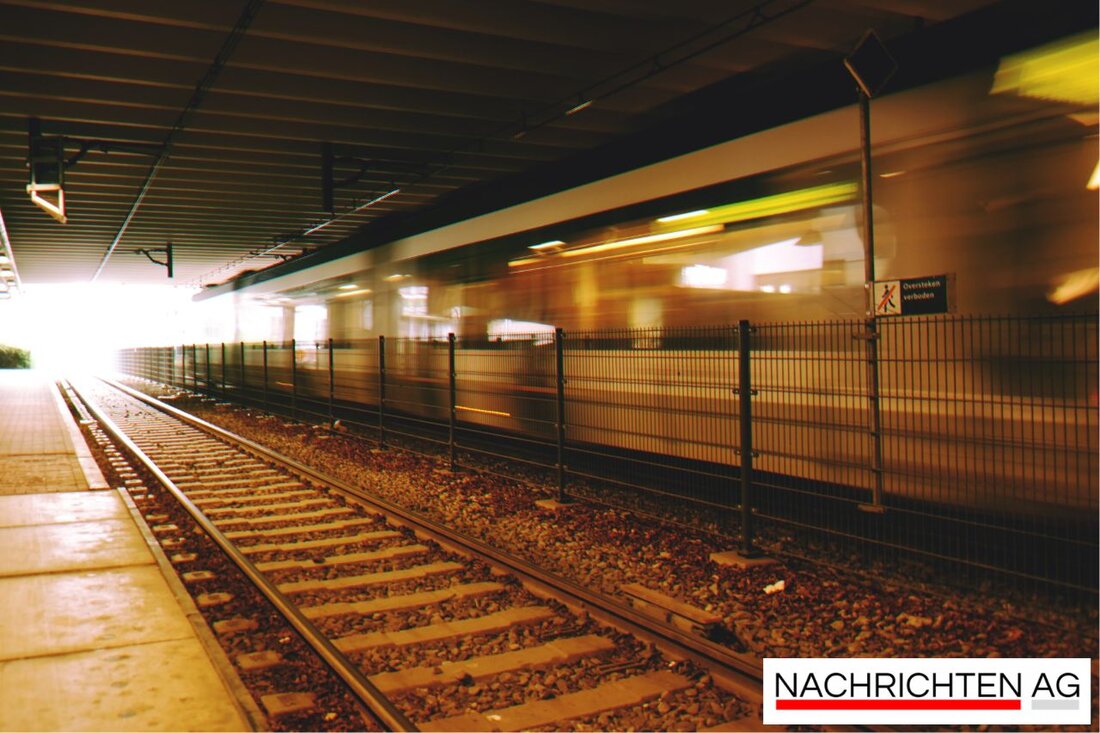125 years of Thalkirchen: From rafting to leisure fun!
Find out more about Thalkirchen's 125-year history and its important raft traffic in Munich.

125 years of Thalkirchen: From rafting to leisure fun!
On June 21, 2025, Thalkirchen will celebrate an important anniversary: 125 years ago, on January 1, 1900, the district was incorporated into Munich. This event was deeply linked to the history of rafting. A key moment was the founding of the central lands for raft traffic, which revolutionized the transport of goods across the Isar. Thalkirchen was first mentioned in writing as early as 1268 and began as a small farming village before becoming the center of raft traffic in the 19th century.
The heyday of the Munich raft trip took place in the 1860s, around 40 years before incorporation. At that time, raftsmen and their flat wooden boats met the high demand for wood that arose as a result of industrialization. Helga Lauterbach, founding member of the Munich-Thalkirchen rafting cultural association, has been studying the fascinating history of this form of transport for over 30 years. “The Notlände on the Isar Canal was an important starting point for the raftsmen,” she explains. “They had to overcome numerous obstacles on their way, such as the Georgenstein – that was a real challenge!”
From an economic sector to a leisure activity
Over time, raft traffic suffered a decline: the construction of the Isar Valley Railway and the associated decrease in timber drift made raft traffic obsolete. The Thalkirchner train station, whose tracks once ran between Maria-Einsiedel-Straße and Mühlbach, has now made way for a supermarket. From 1900 onwards, traffic was handled via the new central lands in Thalkirchen. Today, traditional raft traffic has turned into a tourist attraction - around 500-600 rafts dock there every year.
Life on the river has always been linked to special traditions. The “Thalkirchner Bratwurst” were local specialties during the indulgence period that were very popular with pilgrims and raftsmen. Pope Pius VI granted a plenary indulgence for pilgrimages in 1780, which significantly increased the region's popularity. The pilgrimage church of St. Maria Thalkirchen, whose original town center was grouped around it, is still a point of attraction today.
The last raft lands and their meaning
Today, the Zentrallände in Thalkirchen remains the last remaining Floßlände in Munich, while the once important Floßlände such as the Untere Lände and the Obere Lände are a thing of the past. The latter was located above the Ludwigsbrücke and was important for dismantling the rafts and storing wood - a circumstance that led to the naming of the Holzstrasse. The Untere Lände was the main landing stage for rafting in Munich for many years and in 1870 was considered one of the largest river ports in Europe.
With the gradual decline in raft traffic, the use of railways also grew, causing rafting to become drastically less important as a means of transport. There is now also a restaurant on the Zentrallände, converted from a 19th century villa, which attracts both locals and tourists and keeps the history of rafting in Thalkirchen alive.
The history of Thalkirchen and its raft traffic is not only a part of Munich's city history, but also reflects the changes in society and the economy that have shaped the region over the centuries.
Further information can be found at hallo-muenchen.de and up Wikipedia.

 Suche
Suche
 Mein Konto
Mein Konto